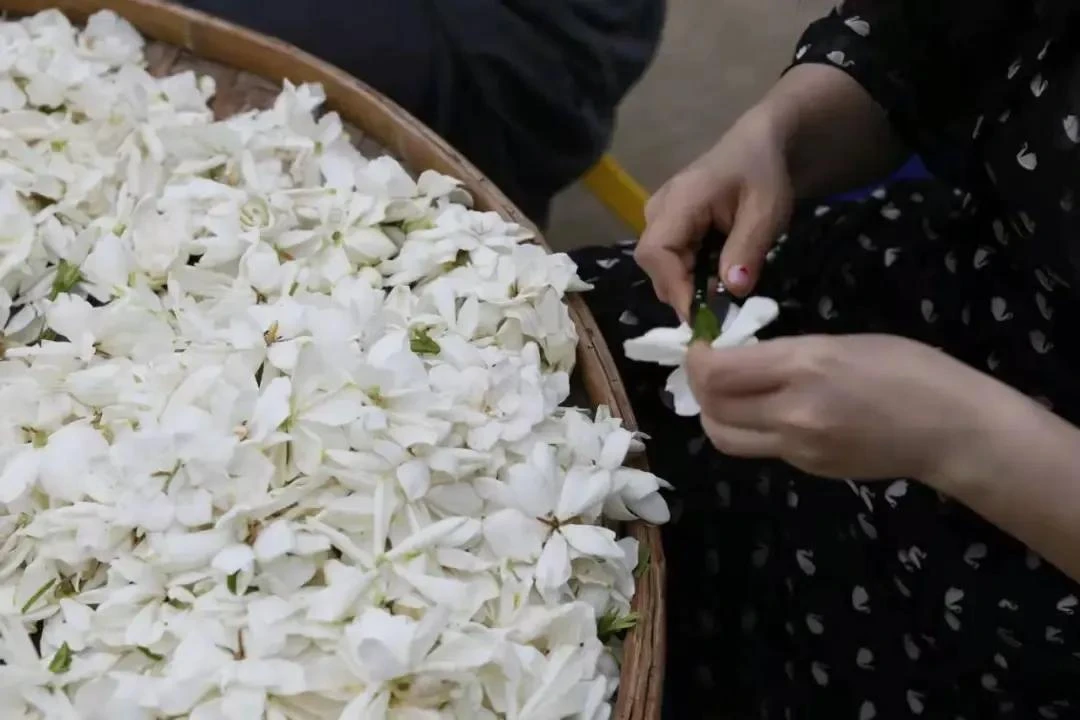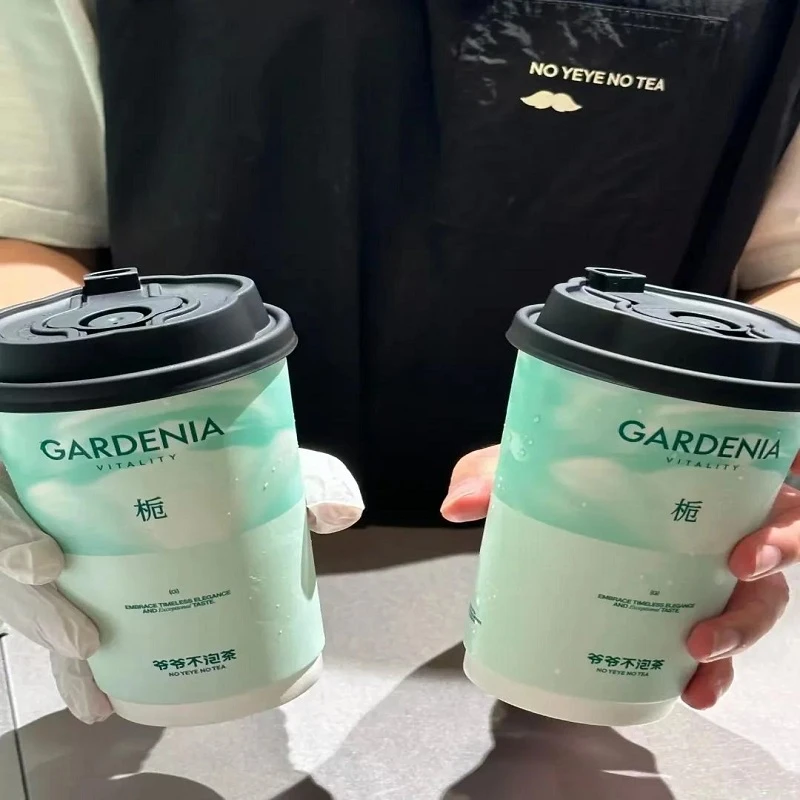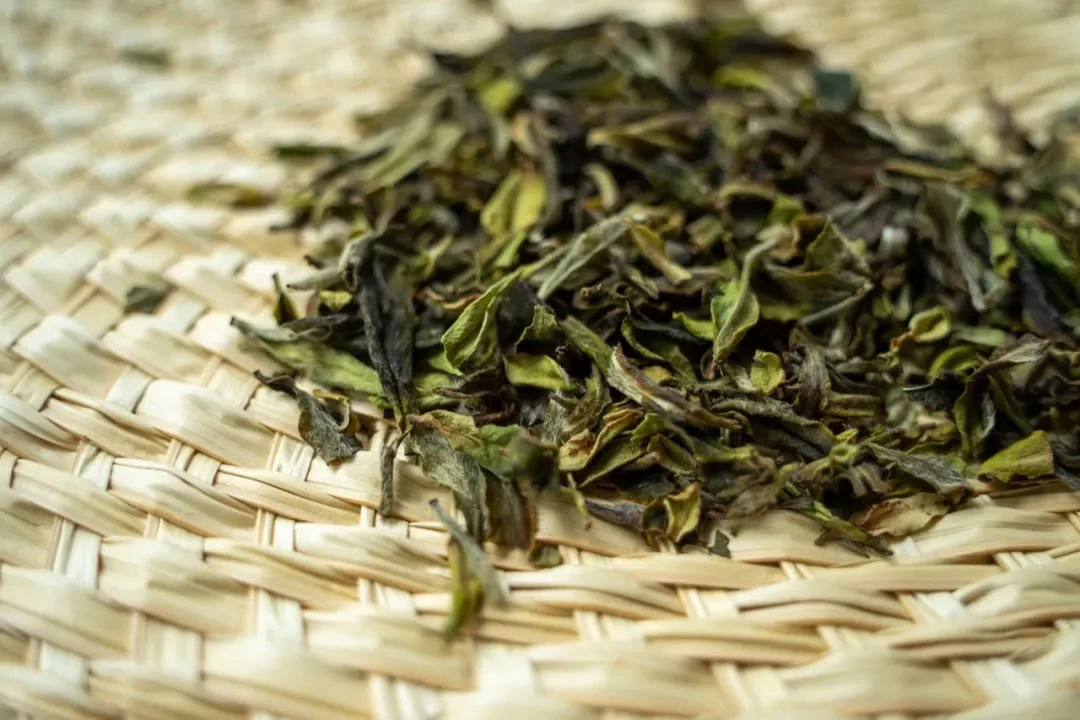As graduation season arrives once again, a new trend is sweeping through the world of tea beverages: gardenia flowers. In the realm of Chinese tea culture, there has been a recent surge in interest surrounding the once overlooked Zhi Zi Hua, also known as Gardenia. This traditional flower has become a centerpiece for modern tea brands seeking to revolutionize their offerings by infusing unique flavors and scents. In this article, we will explore the rise of Zhi Zi Hua in the tea industry, its impact on consumer preferences, and its potential to reshape traditional tea culture.
The Rise of Gardenia in Tea
In recent months, a wave of new tea drinks featuring gardenia has taken the market by storm. Brands like Nayuki Tea have introduced combos like "Perfumed Gardenia Green," blending the delicate fragrance of gardenia with refreshing tea bases. Meanwhile, Auntea Jenny's Coconut Milk with Gardenia Tea has delighted customers with its creamy texture and floral undertones. Major players like Heytea and Auntea Jenny have all incorporated gardenia into their latest beverage offerings, cementing its status as a top contender in the tea industry.
But why gardenia, you might ask? Gardenia's journey into the realm of tea beverages isn't entirely new. Back in 2018, Nayuki Tea introduced "Imperial Green Emerald" and "Gardenia" tea drinks, pioneering the integration of gardenia into their menu. By 2020, Nayuki further innovated with "Gardenia White Summer," showcasing their commitment to floral-infused beverages.The sudden popularity of gardenia in tea beverages can be attributed to a broader trend in the tea industry—chasing aromatic excellence. Teas centered around fragrances, with tea as the base and aroma as the anchor, are now dominating the market.
The Scent of Success
The popularity of gardenia-infused drinks can be attributed to a broader trend in tea beverages—scent chasing. With a focus on aroma and taste, these drinks have captured the imagination of consumers seeking both refreshment and sensory delight. Gardenia's unique aroma, characterized by its cool, summery fragrance, adds a distinctive touch to tea, making it a preferred choice during hot seasons.
Its integration into tea beverages posed a significant challenge initially—how to enhance the tea's taste without overwhelming the delicate aroma of gardenia. Advances in brewing techniques, notably the "flower-steeping" process, have allowed tea makers to strike this delicate balance successfully. According to insiders familiar with Nayuki Tea's development process, perfecting the balance between tea essence and gardenia fragrance posed a significant challenge. However, advancements in infusion techniques have allowed gardenia to shine without overpowering the tea's natural flavors, ensuring a harmonious blend that appeals to discerning palates.
Unleashing Brand Memories through Scent
Zhi Zi Huas' ascent owes much to consumers' desire for olfactory stimulation while consuming their favorite beverages.Additionally,the power of scent memory allows themto form lasting impressions about different brands.The lingering fragranceof these floral-infused teas creates an immediate senseof familiarityand serves asthe foundationfor memorablebrand experiences.
Building upon this concept,Nora explainsthat scent plays a crucial role in how consumers perceive and remember brands. With the rise of Zhi Zi Hua, brands have recognized the importance of creating unique scent profiles that align with their brand identities. For instance, local tea brand Baba Does Not Brew Tea uses slogans like "Flowers Bloom by Themselves" to associate its products with natural fragrances. On the other hand, Jasmine Milk White focuses on stimulating olfactory senses by exploring lesser-known floral scents such as pomelo blossom and white orchid.
This shift towards incorporating Zhi Zi Hua into tea beverages has not only expanded flavor options but also revolutionized traditional tea culture. By infusing diverse floral scents into their drinks, tea brands are redefining taste experiences and attracting a new generation of tea enthusiasts.
Impact on the Market
The surge in gardenia's popularity has not only reshaped consumer preferences but also influenced market dynamics. Prices for gardenia flowers, once modest at 3-5 yuan per 500 grams, peaked at an astonishing 35-37 yuan per 500 grams this year—a testament to their newfound demand in the beverage sector.
In Sichuan's Leshan, one of the main cultivation areas, gardenia fields have expanded to over 100,000 mu, surpassing jasmine's 86,000 mu. Local farmers report a significant increase in flower prices, driven by the beverage industry's insatiable appetite for gardenia. This surge has prompted nearby counties like Muchuan and Jiajiang to ramp up gardenia cultivation, with initiatives in place to enhance production efficiency and quality.
However, despite efforts to satisfy market demands through improved production techniques such as repeated fermentation processes to enhance fragrance intensity,the supply of Zhi Zi Huais still unable to meet the skyrocketing demand from both domestic and international markets.
As more brands seek to differentiate themselves using floral infusion techniques, ZhiZi Hua has become a catalyst for industry-wide innovation.To keep up with consumer preferences for diverse flavorsand scents,new processing methods are being explored,making it possibleto maximizefragrance extractionwhile retainingthe integrityof the flower's natural aroma.Many companies are adopting traditional fermentation methodscombinedwith modern technologies,such as vacuum distillation,to create signature blends that captivate customers' senses.Tasting roomsare now filledwith experts whoexperimentwithvarious proportionsand combinationsin ordertoachieve optimal results.This continuous experimentationand explorationpushesboundariesin terms offlavorprofilesand artistic presentations withinthe industry.
Looking ahead, gardenia's ascent in the tea beverage market shows no signs of slowing down. As brands innovate and consumers embrace new flavors, gardenia's aromatic allure promises to remain a staple in tea culture. With ongoing advancements in cultivation and processing, gardenia-infused beverages are set to evolve, offering even more nuanced experiences for tea enthusiasts worldwide.
In conclusion, gardenia flowers have transformed from a humble ingredient into a pivotal player in the tea beverage industry. Their journey reflects a broader trend towards sensory-driven products and cultural appreciation in consumer choices. As tea brands continue to innovate and expand their offerings, gardenia's fragrant legacy is poised to leave an indelible mark on the evolving landscape of tea culture.




